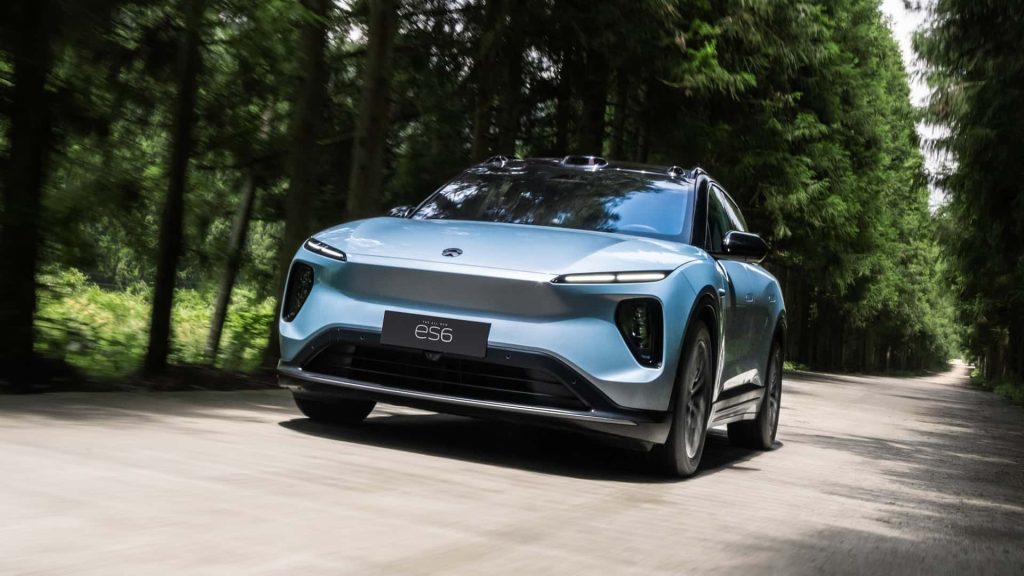In August, NIO global electric car deliveries remained strong, indicating that production and sales entered a higher gear.
Last month, the company delivered 19,329 cars, which is about 81 percent more than a year ago and the second highest result ever (better was only July with 20,462 units).
The overwhelming majority of NIO sales are in China. The company is expanding its business also in Europe.
The volume of 19,329 units includes 12,015 crossovers/SUVs (up 59 percent year-over-year) and 7,314 sedans (up 134 percent year-over-year). The company does not provide a breakdown between the individual models.
NIO EV deliveries last month:
- Crossover/SUVs (EC6, ES6, EC7, ES7, ES8): 12,015 (up 59% year-over-year)
- Sedans (ET5/ET5T, ET7): 7,314 (up 134% year-over-year)
- Total: 19,329 (up 81% year-over-year)
So far this year, NIO delivered more than 94,000 electric vehicles, which is 32 percent more than a year ago.
NIO EV deliveries year-to-date:
- Crossover/SUVs (EC6, ES6, EC7, ES7, ES8): 47,003 (down 20% year-over-year)
- Sedans (ET5/ET5T, ET7): 47,349 (up 279% year-over-year)
- Total: 94,352 (up 32% year-over-year)
For reference, in 12 months of 2022, NIO sold more than 122,000 electric cars globally.
Cumulatively, NIO sold 383,908 electric cars (the 300,000th car was produced on December 12).


Currently, the NIO lineup includes only new or refreshed models, all based on the NT2.0 platform. It’s expected that the switchover from NT1.0 to NT2.0 will be completed soon, once the new EC6 will be introduced (in September, according to the Chinese media).
NIO Technology (NT2.0) platform:
- Crossover/SUV: new ES6, EC7, ES7, new ES8
- Sedans: ET5/ET5T, ET7
*in Europe ES6 is EL6, ES7 is EL7
NIO Technology (NT1.0) platform (retired):
Some of the models are also exported to Europe (but the scale of export is relatively low, compared to domestic sales).
It’s worth noting that all NIO electric cars are compatible with the company’s in-house battery swap stations, deployed through main routes and in metropolitan areas.
By the end of 2023, the company would like to have more than 2,300 battery swap stations (up from 1,600 as of the end of July).


